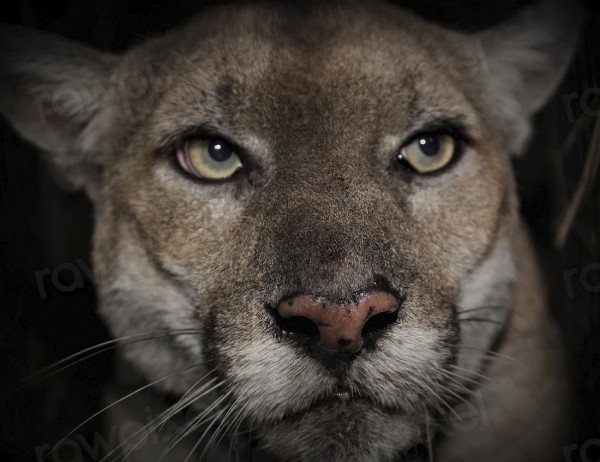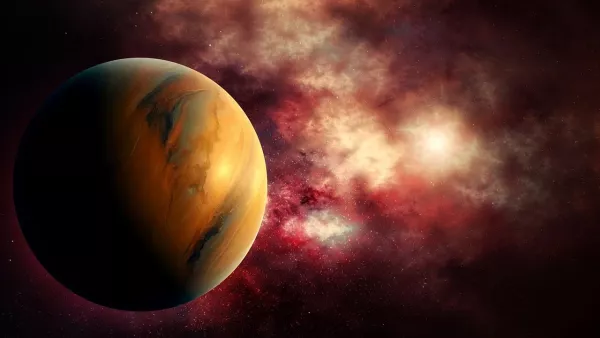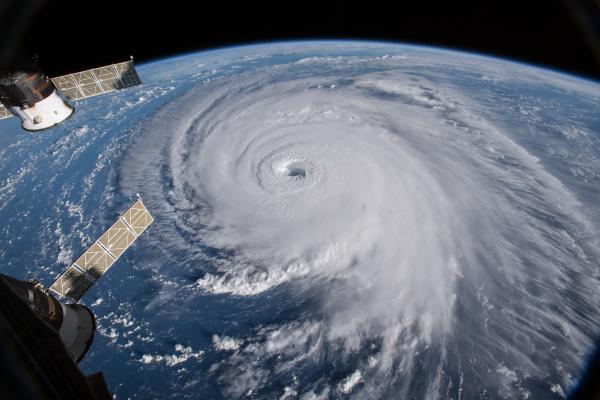Biology Units

Marathon Runner | Biology
Why would a marathon runner become disoriented during the race, then go into a coma shortly after running the race? How does the human body maintain dynamic equilibrium and respond to internal and external changes in its environment?
Performance Expectations: HS-LS1-2, HS-LS1-3, HS-LS1-7
Instructional Time: 23-38 days
See the full unit

Humans vs. Bacteria | Biology
Will human society be able to develop new therapies and technologies in order to fight antibiotic resistant bacteria and the re-emergence of infectious bacterial diseases?
Performance Expectations: HS-LS4-2, HS-LS4-3, HS-LS4-4, HS-LS4-5, HS-LS2-8
Instructional Time: 33-39 days
See the full unit

Evolution of Sick Humans | Biology
How can we design an intervention that addresses the mismatch between human physiology or behavior and our modern environment?
Performance Expectations: HS-LS1-1, HS-LS3-1, HS-ETS1-2, HS-ETS1-3, HS-LS4-1
Instructional Time: 31-40 days
See the full unit

Saving the Mountain Lion | Biology
A mountain lion was hit by a car on a highway outside NYC. How did it get there, and what can this tell us about saving mountain lions?
Performance Expectations: HS-LS3-2, HS-LS1-8, HS-LS1-4, HS-LS4-3, HS-LS3-3
Instructional Time: 22-24 days
See the full unit

Food for All | Biology
What caused an epidemic of pellagra in the early 20th century? Why did it impact different groups of people disproportionately?
Performance Expectations: HS-LS2-1, HS-LS1-5, HS-LS2-4, HS-LS2-3, HS-LS1-6
Instructional Time: 26-31 days
See the full unit

Woolly Mammoth | Biology
Should we bring the woolly mammoth back from extinction?
Performance Expectations: HS-LS2-7, HS-LS4-6, HS-LS2-2, HS-LS2-5, HS-LS2-6
Instructional Time: 27-33 days
See the full unit
Select Earth Science Units

Discovering New Worlds
Based on understanding what makes Earth habitable, students make a defend a claim about which exoplanet in another solar system is most Earth-like and able to be a potential home for humans in the future.
Performance Expectations: HS-ESS1-1, HS-ESS1-2, HS-ESS1-3
Instructional Time: 26-32 days
See the full unit

Climate Change and Severe Weather
The 2015 and 2017 blizzard and hurricane seasons may tell a story about changes in climate. While the occurrence of hurricanes increased, blizzards stayed about the same, although snowfall increased. Students will make predictions, based on evidence, about the frequency and intensity of hurricanes and blizzards over the next decade.
Performance Expectations: HS-ESS2-8, HS-ESS3-5, HS-ESS1-7
Instructional Time: 42-56 days
See the full unit

Earth's Interior and Plate Tectonics
How do observations above the Earth’s surface paint a picture of what’s going on deep within? Where do mountains and volcanoes come from?
Performance Expectations: forthcoming
Instructional Time: 19-23 days
See the full unit